6 Potential Technologies That Can Redefine Customer Experience
The technologies mentioned here can certainly help you engage your customers better, all the while redefining customer experience for them.

A successful customer experience strategy starts with an aspiration centered on what matters to customers and empowering frontline workers to deliver. – Brooke Boyarsky, Will Enger, and Ron Ritter
The age of digital transformation is here, and organizations once again find themselves mulling over novel customer experience strategies to attract and retain customers.
Digital transformation presents businesses with room to maneuver various approaches to garner the attention of modern buyers and live up to their expectations of impeccable customer experience, irrespective of the medium or place.
As people become increasingly conversant with their desires, organizations the world over find it quite troublesome to emulate and deliver a distinctive customer experience.
In fact, a Gartner study revealed that almost 52 percent of marketers shared the opinion that a budget apportioned to customer service responsibilities will not rise correspondingly. Apart from this, various CMOs surmise that only 18 percent of the total marketing budget is devoted to customer experience.
As the competition between businesses vying for the attention of customers heats up, it is crucial that they understand which technologies can help their cause. To that end, here’s a crystallized list of six potential technologies that can help organizations redefine the customer experience.
Get the Best Updates on SaaS, Tech, and AI
1. Real-Time Support Through Live Chat Software
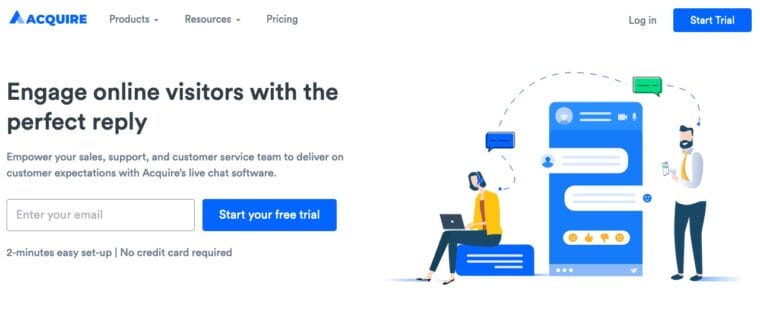
A contentious tool and topic of debate, live chat holds a different meaning for everyone. This is conceivably a result of varying individual experiences with this interactive software. However, the one thing that’s for sure is that it is a great facilitator of customer experience.
Did you know that 89% of businesses vie against each other on the basis of customer experience?
Live chat enables you to stay ahead of the pack by bringing consumer queries to the fore and subsequently resolving them within the shortest possible time.
Moreover, by employing live chat software, you can also provide support to customers in the form of summarized information during their journey, expediting their passage through your website or mobile app in the process, and close more sales while doing so.
Were you aware that a longer response time results in high abandonment rates? By incorporating live chat in your website or app, you can bring your response time down to nil. Maybe this is the reason why businesses that deploy live chat witness a 20% increase in conversions over those who don’t.
2. Amaze Your Visitors with “Virtual Reality”
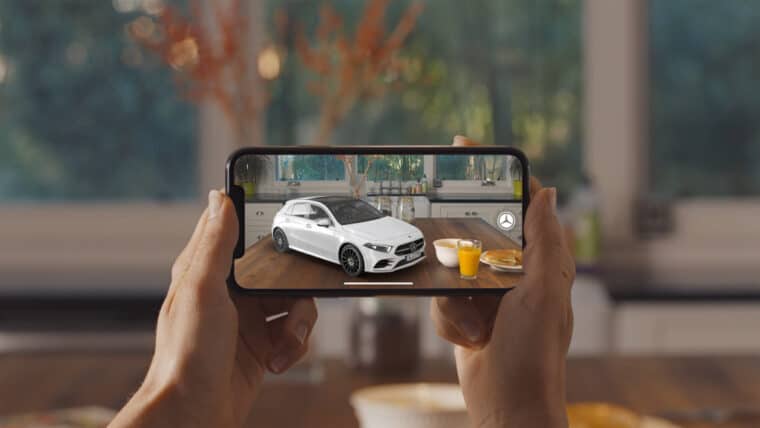
Did you know that 61 per cent of shoppers likes to shop at stores that offer an augmented reality experience than the ones that don’t?
One very exciting medium to stop customers in their tracks, literally, is by putting the concept of Virtual Reality into practice. VR acts as a digital medium to reshape how a customer interacts with a business. It helps organizations extend their helping hand to consumers and iron out issues for them remotely.
A virtual-reality-enabled support solution can equip your support staff to access the camera of the customer’s smartphone to view equipment or infrastructure issues. It also lets customers envision how a particular design, piece of clothing, or accessory would look. Industries the world over are rushing to tap into the VR technology to encourage the try-before-you-buy trend.
Take for example, IKEA Place, a virtual furniture app of the popular Swedish brand of the same name.

It is a revolutionary idea in terms of customer engagement as it lets them envisage furniture in their own home with the help of a full-scale, 3-D setting. With precise dimensions, the app makes it easy for users to determine if an item is to their liking or not.
3. AI-Enabled Customer Support

As technology evolves, so do the means of providing an enhanced customer experience! A recent PwC survey brought to light that customers are willing to spend 16% extra money in return for improved services and believe that speed and efficiency as the key elements of their experience.
With the help of advanced customer support technologies like chatbots and live chat, you can connect with your customers to resolve their issues promptly. You can also create self-service options for support on your website and introduce an expansive FAQ section or deploy a chatbot that can solve consumer issues and collect lead information for your business.
Particular research pointed out that almost 63% of consumers are likely to come back to a place that offers live chat. Besides, these tools also let your customer support staff engage multiple customers at a given time, which makes it almost 50% cheaper than phone calls.
4. Leverage Voice Search Capabilities in Order to Enhance Engagement
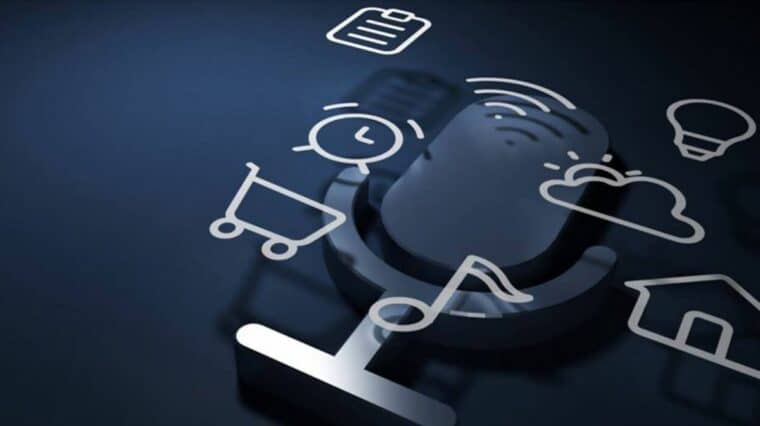
Voice recognition is the avenue that holds the most potential to open up a path to completely customized experiences. Today, voice-activated gadgets have become the new browser. With embedded capacities of a voice-based device on a website or app, businesses can make it easy for customers to search for something with their voice from anywhere.
By optimizing their website and app to make it more voice search compatible, businesses can create frictionless experiences for their customers. Since a majority of voice-search algorithms comprehend the context of search queries, brands have now begun to start sourcing data from networks, devices, systems, etc. to gain a thorough understanding of the customer and drive unique experiences for them.
To this end, organizations can create a brand partnership with Alexa, Siri, and Google Home platform for voice search optimization. Since Google Assistant and Alexa can discern between independent voices, they can provide measures to serve individual customer preferences. Voice assistants are also aiding brands in their pursuit to engage a wider demographic, especially kids and seniors.
5. Internet of Things
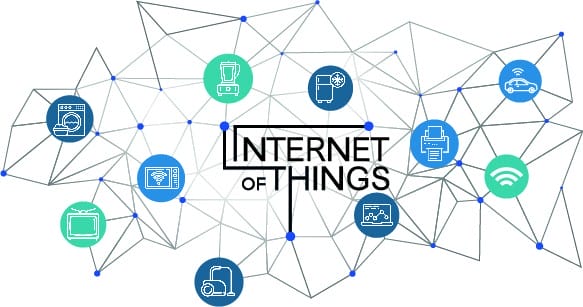
Did you know that Gartner predicts that 5% of customer service cases will be initiated by web-enabled devices via the internet of things this year?
We all know that customer is king, and in the age of digital transformation, this means placing users at the heart of an organization’s digital initiatives. However, delivering that intended wow effect is only possible with a certain level of customization. One such solution is the implementation of IOT (Internet of Things) to trace various processes and automate actions on several levels.
One of the overarching advantages of IOT is the huge amount of data that can be leveraged from devices. This data can help with product development and build personalized interactions with consumers.
Alongside this, since a connected device can parse data through sensors, it can supervise the performance of a product. This means that if something were to go wrong with a product, it could take on the role of the customer, taking measures to solve the problem or provide help to do so.
One popular instance of this is when a smartphone receives software upgrades. Another very admirable example is from car company Tesla, which resolves problems in cars without recalling them to the dealership.
6. Programmatic Advertising
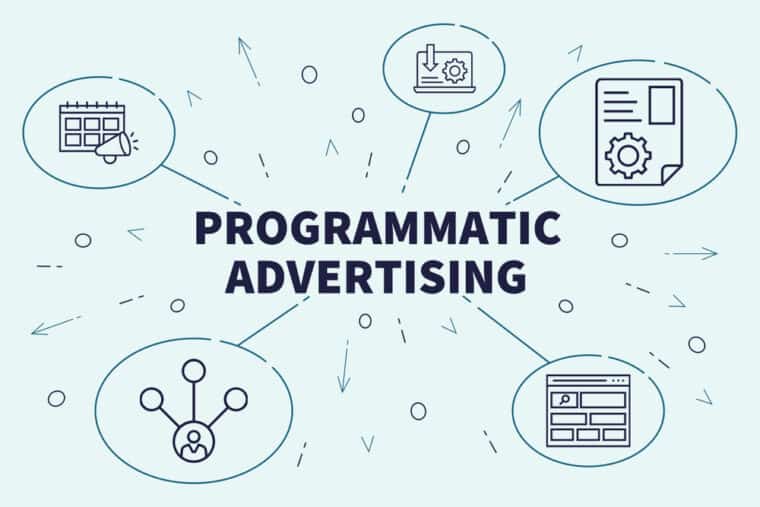
Image Source
An interesting and largely untapped avenue of providing delightful customer experience is programmatic advertising. A budding technology, it makes sure that the right ad finds the right person at the right moment.
Programmatic advertising is based on using technology and its consequential analytics to assist brands in learning as much as possible about the person looking at an advertisement. Also, as users access more and more content through various devices, programmatic advertising equips organizations to track and target customers effectively.
This novel and evolving technology can not only let businesses gain an insight into their customers’ habits and preferences on a macro-level but also help them expand their customer base. Learning how to leverage these technologies will enable brands to get the most out of them and enhance the customer experience to a level that would have never been thought to be possible a few years ago.
Conclusion
Providing your customers with a personalized, smooth, and integrated digital experience could be what sets your business apart from the others for years to come. The technologies mentioned above can certainly help you in that regard, helping you engage your customers better, all the while redefining customer experience for them.
FTC Disclosure: The pages you visit may have external affiliate links that may result in me getting a commission if you decide to buy the mentioned product. It gives a little encouragement to a smaller content creator like myself.


